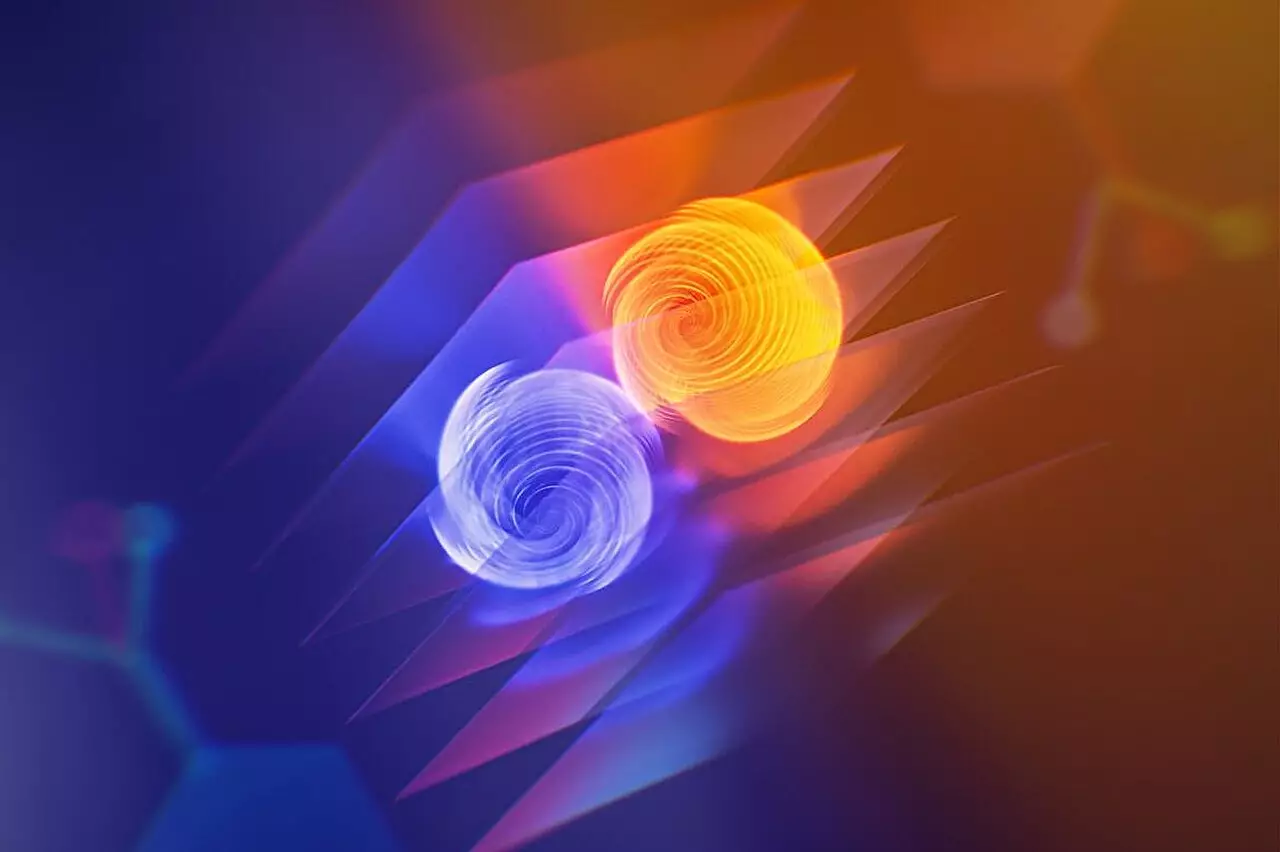The realm of superconductivity has long fascinated scientists and technologists, holding the promise of zero electrical resistance under specific conditions. Historically, conventional superconductors have displayed impressive properties, but they also come shackled with limitations, particularly when it comes to their performance under magnetic fields. New findings, particularly those driven by researchers at UCLA’s California NanoSystems Institute, unveil an evolution in this field—a novel material that not only surmounts prior theoretical boundaries but also signals a breakthrough for quantum computing technologies. This is not merely an incremental step; it is a potential leap that could lay the groundwork for a quantum future.
Superconductors traditionally face a “wall” in the presence of high magnetic fields, leading to a loss of their zero-resistance ability. The new material crafted by the UCLA team has demonstrated an ability to retain superconducting properties, even in magnetic fields that conventionally would render ordinary superconductors ineffective. Such enhancements speak volumes about the potential of this innovative material, highlighting an exciting new chapter in the interaction between magnetic fields and superconductivity.
A Deep Dive into the Superconducting Diode Effect
One of the key revelations from this research is the observation of what is known as the superconducting diode effect. This phenomenon allows the novel superconductor to conduct electrical currents more effectively in one directional flow compared to another. In standard superconductors, any deviation from this balanced flow would lead to a loss of their zero-resistance characteristic, but this unique material defies that limitation. The implications are profound, offering a pathway for the development of qubits that could outperform existing models in quantum computers.
In a world where the conventional bit—the cornerstone of classical computing—can only hold a binary state, the qubit offers a richness of potential by encompassing multiple values simultaneously. However, achieving stability in qubits remains a formidable challenge, as even minor fluctuations can lead to rapid decoherence. The advent of materials exhibiting the superconducting diode effect could pave the way for more resilient quantum states, thus enhancing the practicality of quantum computations.
The Chiral Superconductor: A Game Changer for Quantum Computing
A key focus of ongoing research in superconductivity is the concept of chiral superconductors, which exhibit unique entanglement properties among electrons. Unlike conventional superconductors, where entangled electron pairs follow symmetrical pathways, chiral superconductors allow pairs to spin in the same direction—a potential game changer. The UCLA team’s approach to engineering a conventional superconductor to mimic chiral properties highlights a pioneering method to bridge gaps in current technology.
The research illustrates that it is possible to derive chiral-like behavior from readily available materials through innovative lattice structures. For instance, by layering tantalum disulfide, a conventional superconductor, with specially arranged molecular compounds, the researchers have opened up new paradigms of superconductivity. This achievement not only sheds light on the immediate potential for advanced qubit stability but also enhances the overall understanding of how superconductors can be engineered for various applications.
Quantum Computing and Beyond: The Implications of Advanced Superconductors
The applications of enhanced superconductors extend far beyond the bounds of quantum computing. As researchers continue to unveil the properties and capabilities of these materials, they find that innovations within this field could revolutionize electronics and technology as a whole. For example, the superconducting diode effect could allow for energy-efficient technology that operates faster than classic counterparts, driving advancements in various industries—from telecommunications to medical technologies.
Moreover, as quantum computing develops, applications such as unbreakable cybersecurity systems, advanced AI, and high-fidelity simulations will become increasingly feasible. Superconducting circuits stand at the forefront of this evolution, merging materials science with computation to yield devices that could fundamentally change how we interact with information, processes, and complex systems.
The research spearheaded by the UCLA team signifies more than just a scientific milestone; it represents a potential paradigm shift. By overcoming the barriers that have historically limited superconductors—like magnetic susceptibility and directional limitations—the groundwork is being laid for technological leaps that could redefine modern computing and electronics. Each subtle advancement in this field carries the promise of remarkable societal implications, which could ultimately reshape how we navigate and innovate within our digital landscape.

